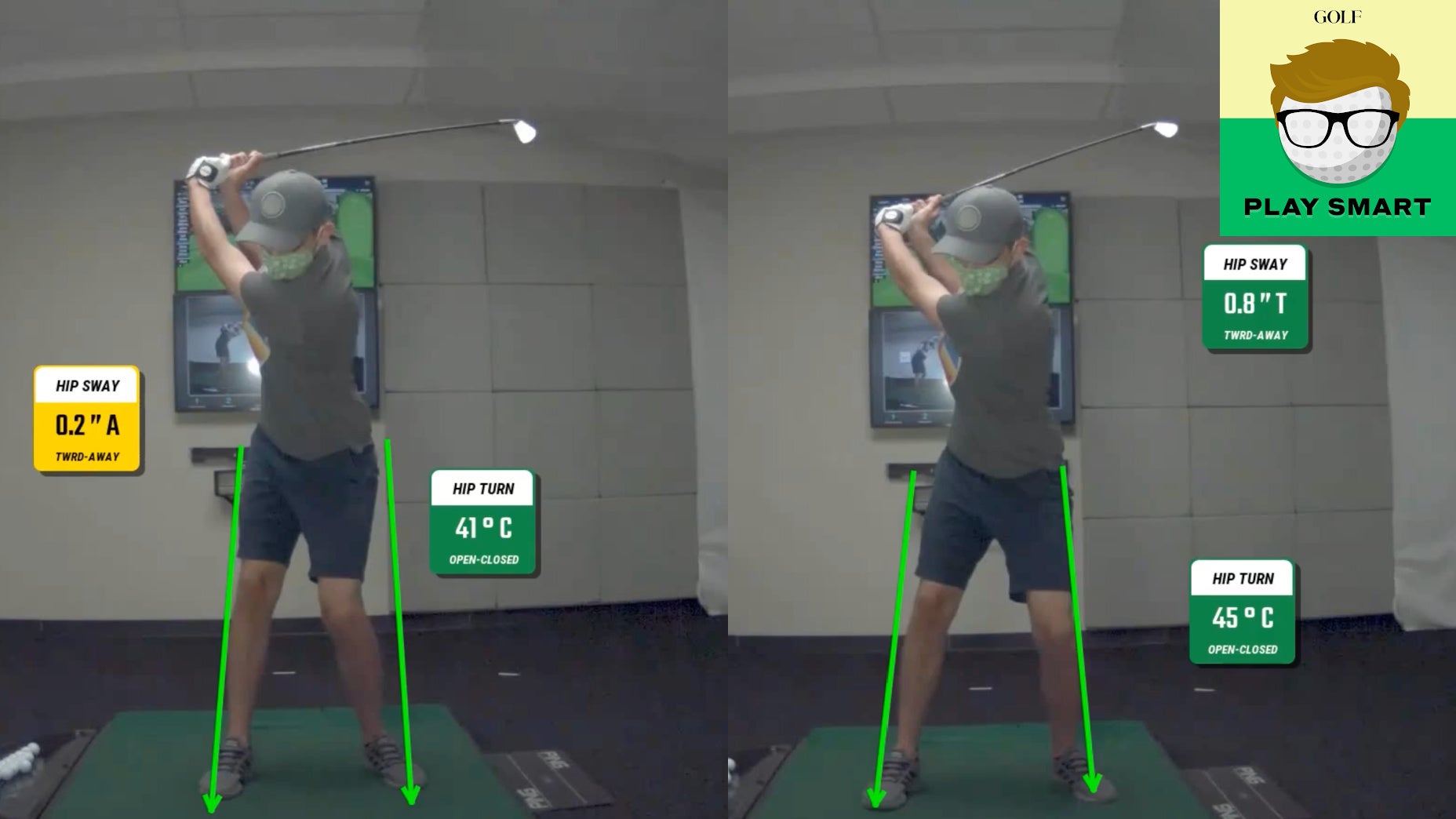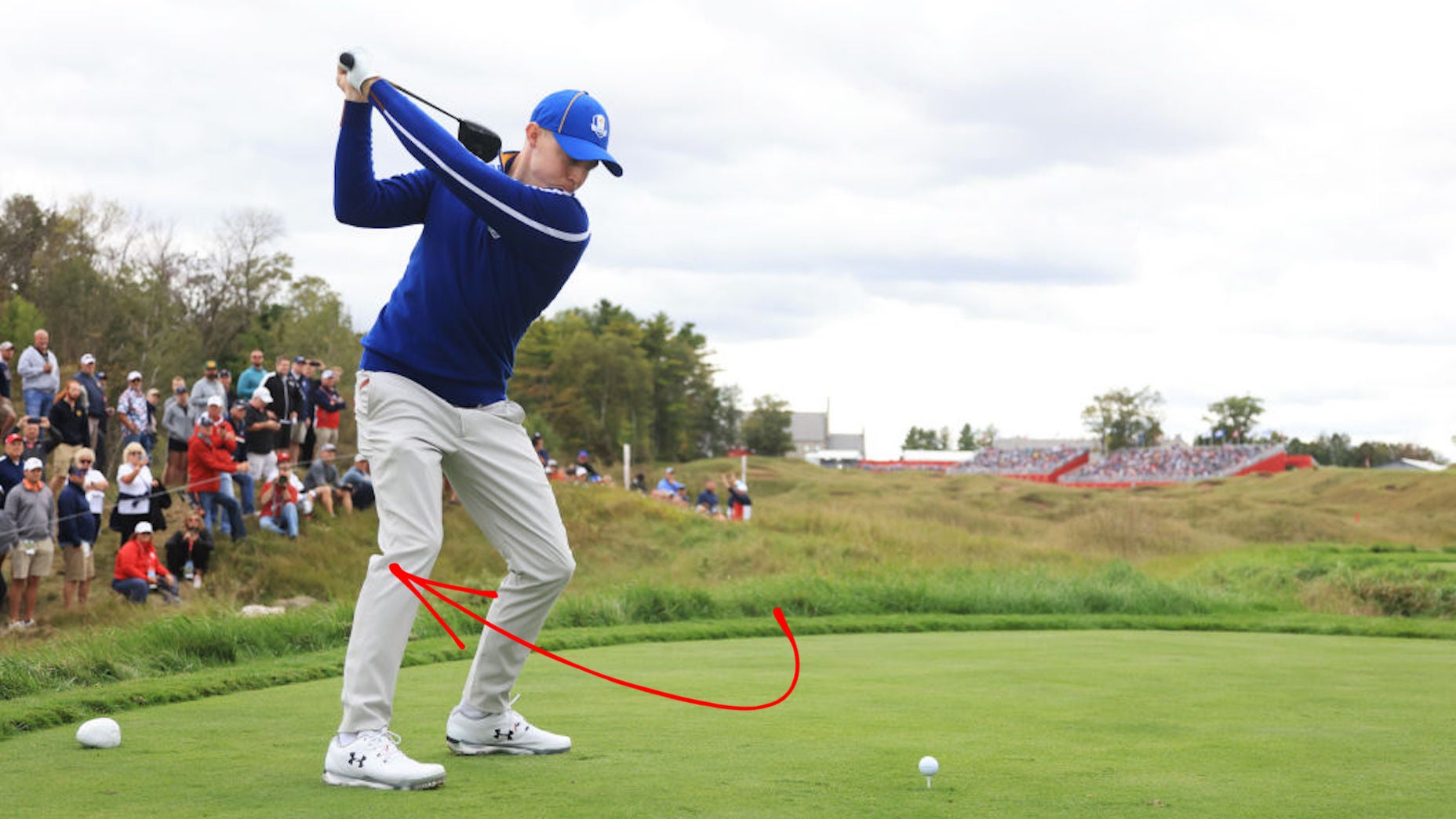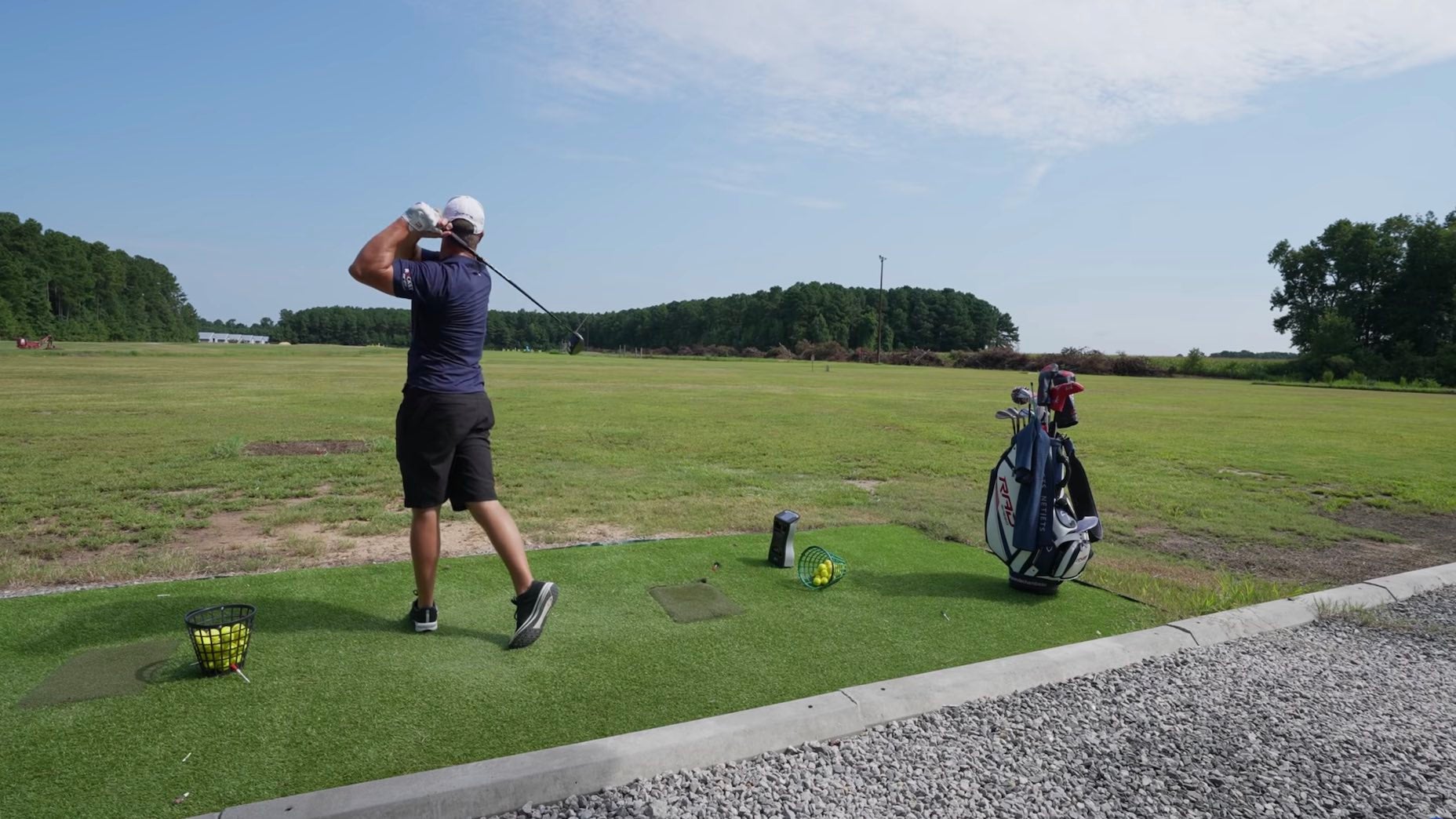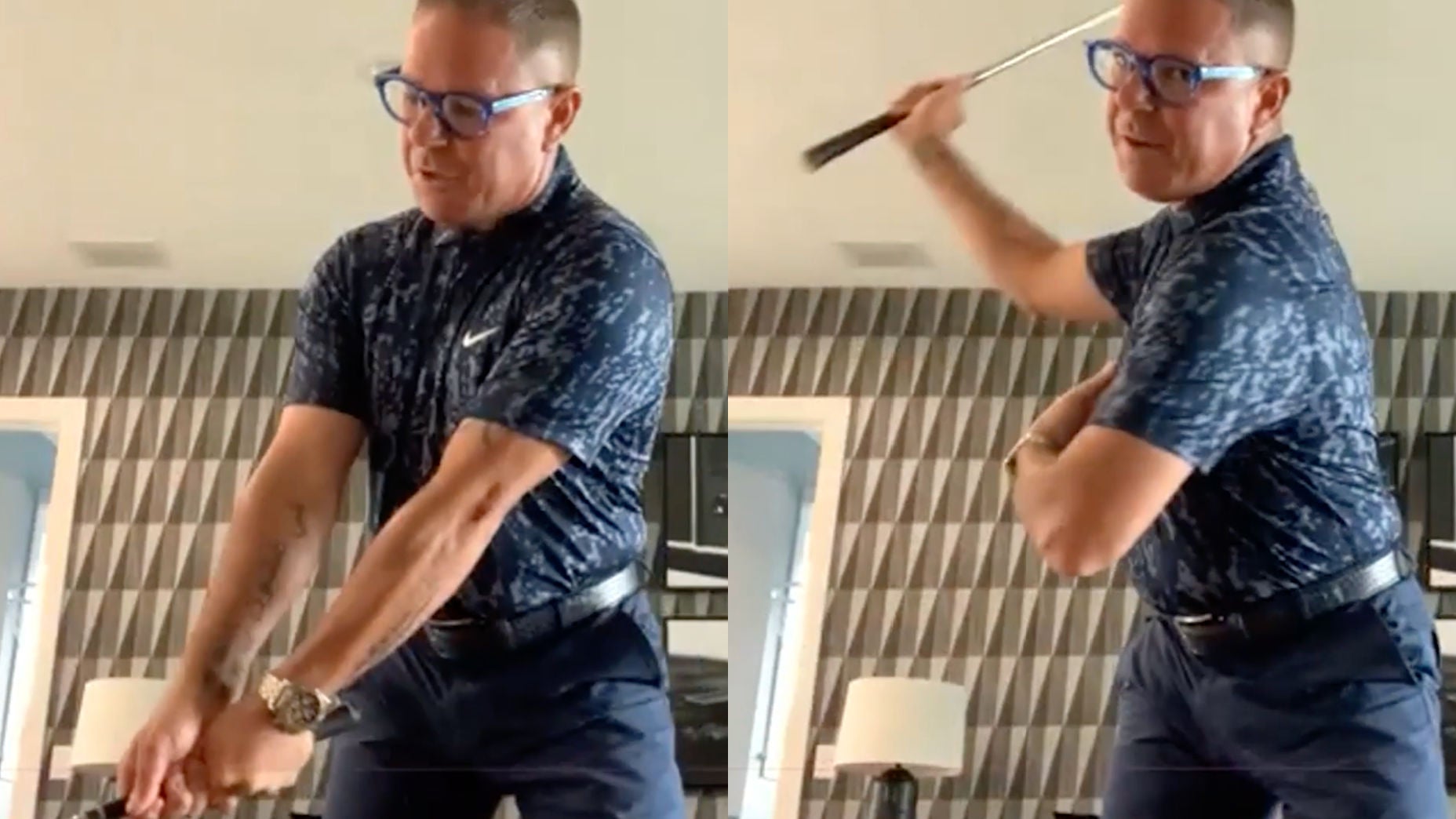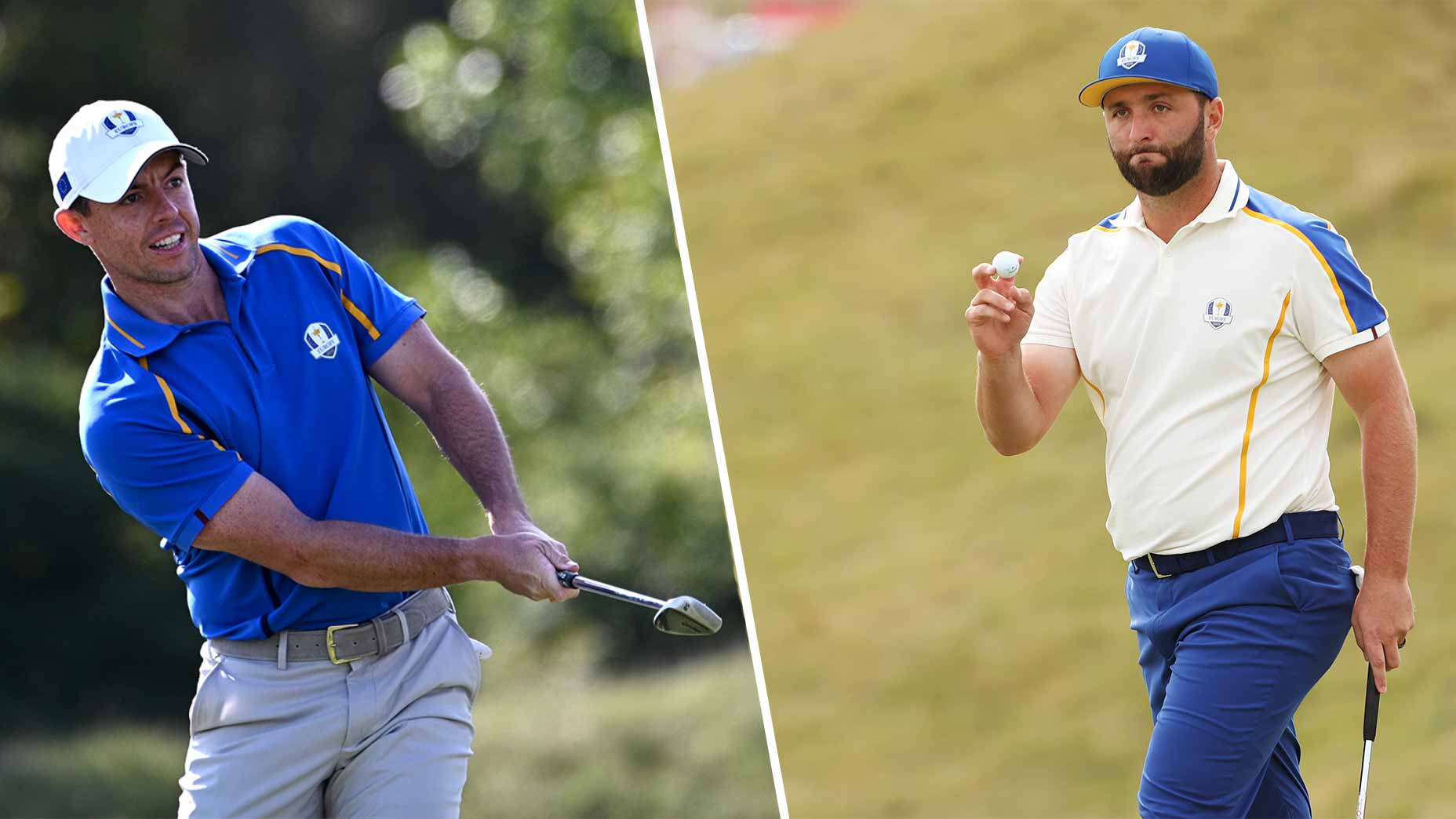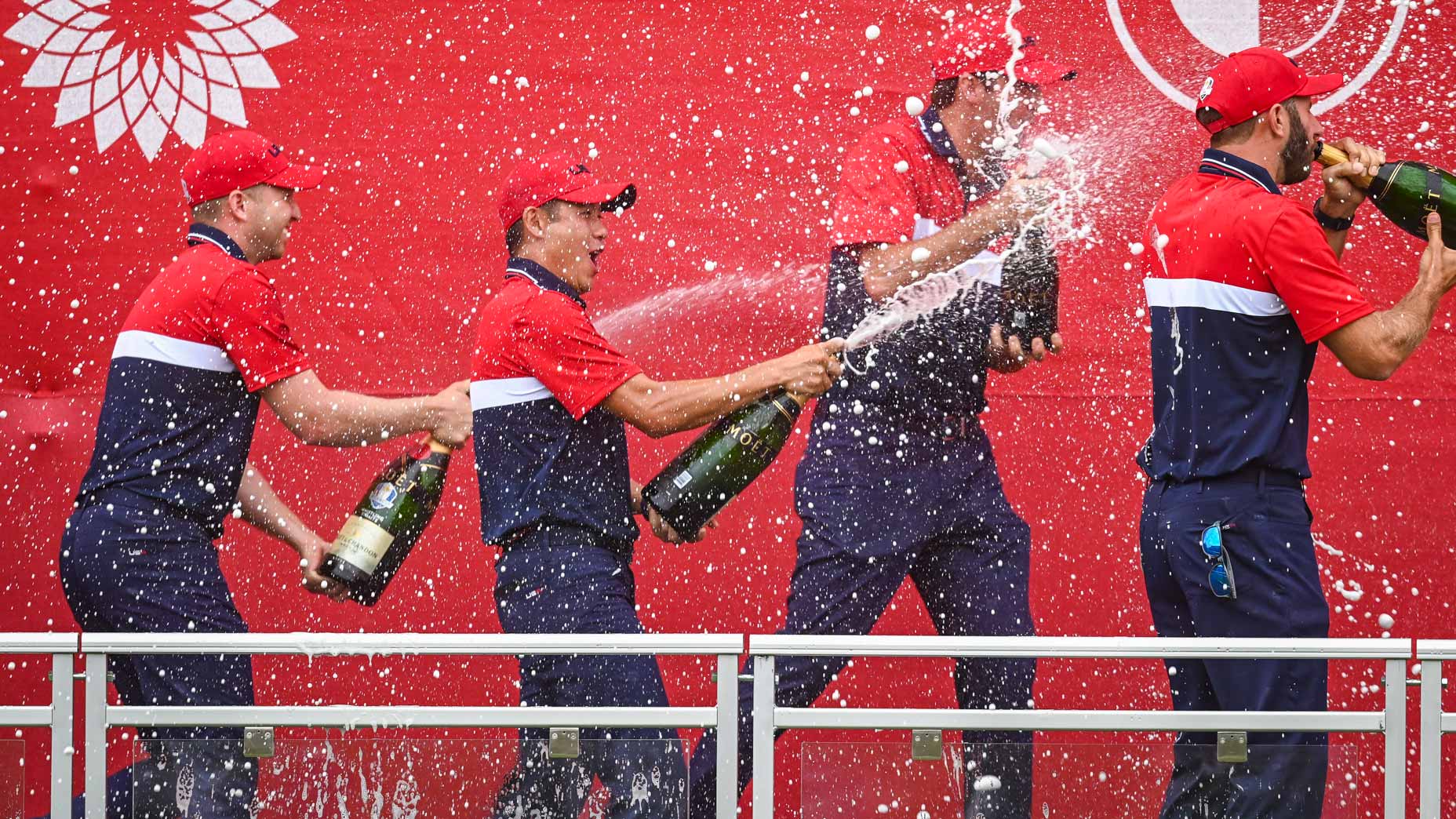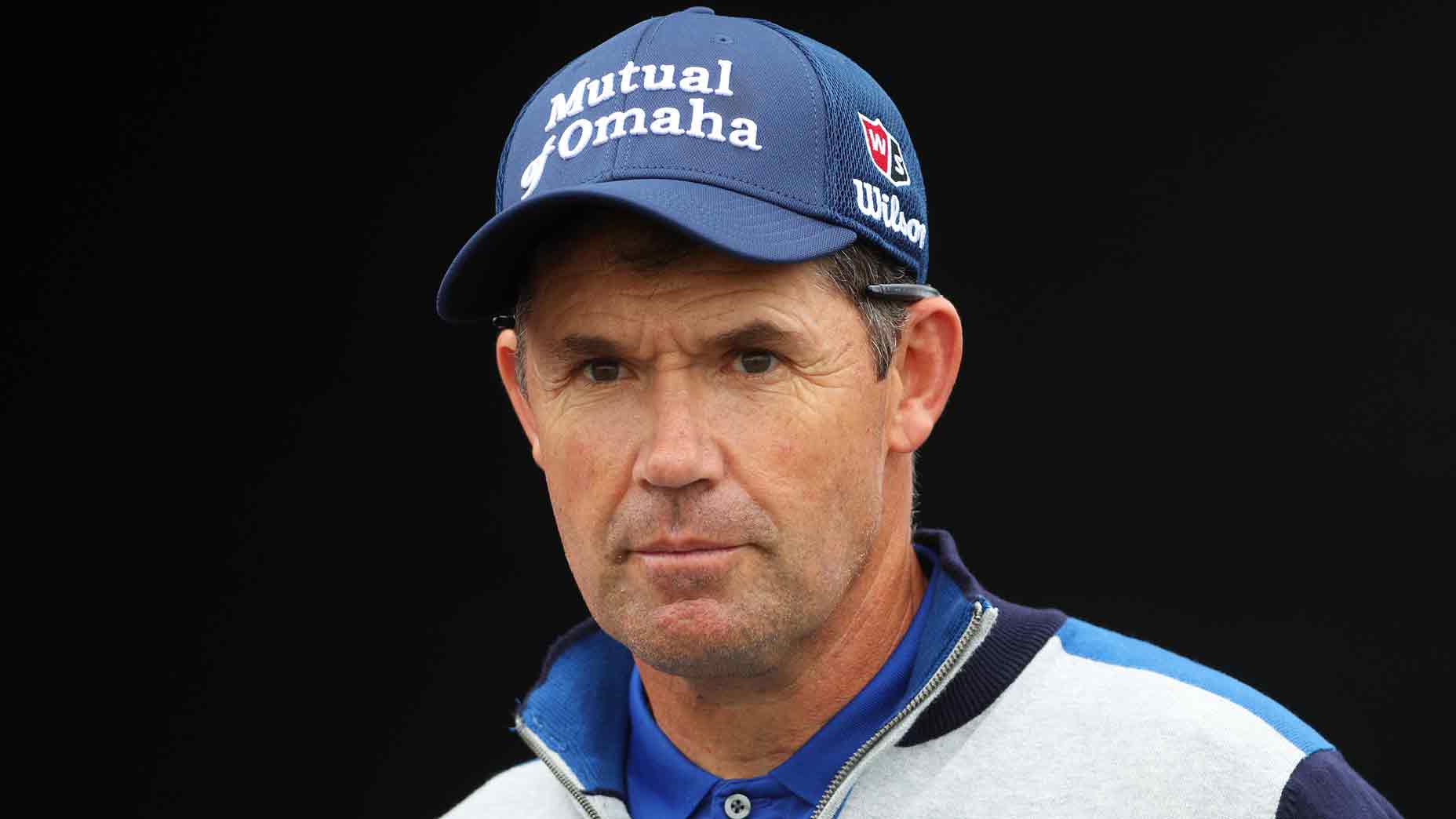HAVEN, Wis. — He looked much different the last time he played in the Ryder Cup. His frame was smaller, he swung slower, and he walked away from the contest without earning a single point.
No, we’re not talking about Bryson. We’re talking about Matt Fitzpatrick, who is stronger and faster coming into this year’s contest — and is already seeing the benefits that added distance affords.
“The shorter version of myself would just hit driver everywhere,” he said on Thursday. “Now I’m hitting a few 3-woods, so that’s progress.”
Fitzpatrick’s quest for more started late last year. Alongside his coach Mike Walker, he began consulting with golf biomechanist Sasho Mackenzie to plug the power leaks in his swings by undertaking routine speed-training sessions — complimented by a weight-training program that has seen him gain muscle mass.
‘My hands are wrecked’: How Bryson DeChambeau is preparing for the Ryder Cup *and* World Long DriveBy: Jonathan Wall
“I was pretty close to Bryson at 175 [mph ball speed],” he said sarcastically. Yet Fitzpatrick’s improvement is no laughing matter: He’s up to 15th in SG: Driving in 2020, and back on the Ryder Cup team after a year on the sidelines. A marked improvement from 2019 alone, his tour average ball speed was in the mid 160s range, and he was 35th in SG: Driving.
Technically speaking, Fitzpatrick’s golf swing has stayed largely similar, though he has made some subtle adjustments to his setup:
- A slightly wider stance to help him torque the ground more throughout his swing
- Flaring his front foot so it’s pointing more towards his target (which in turn allows him to release his hips more on the downswing).
- A straighter trail leg on the backswing, which prevents hip slide and allows a greater hip turn — on the backswing.
The latter two are two hugely important keys for power among regular golfers. The best golfers tend to turn their hips more both on the backswing and the downswing.
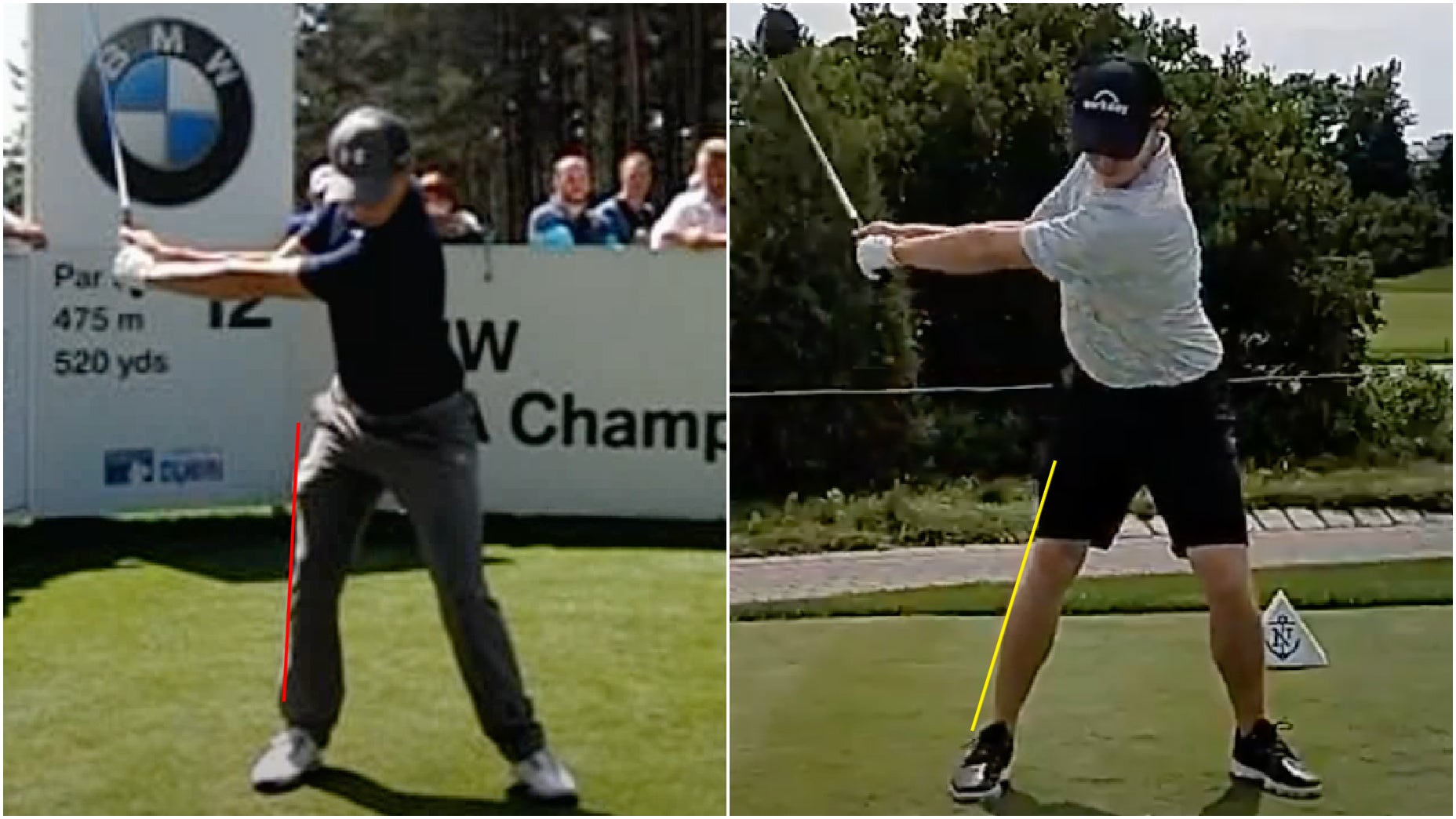
And this week, Fitzpatrick is already seeing the benefits of that distance boost around Whistling Straits, especially on the shorter par-4s.
“All of the sudden I can drive it up by the green and that makes a difference. I can hit a normal one and it’s going to make it easier for myself or my partner,” he said. “In the past, holes like that, it’s like I’m hitting a great drive and it’s 30, 40 yards short rather than up by the green.”
Powering up, just in time for well-earned European redemption story at Whistling Straits.
